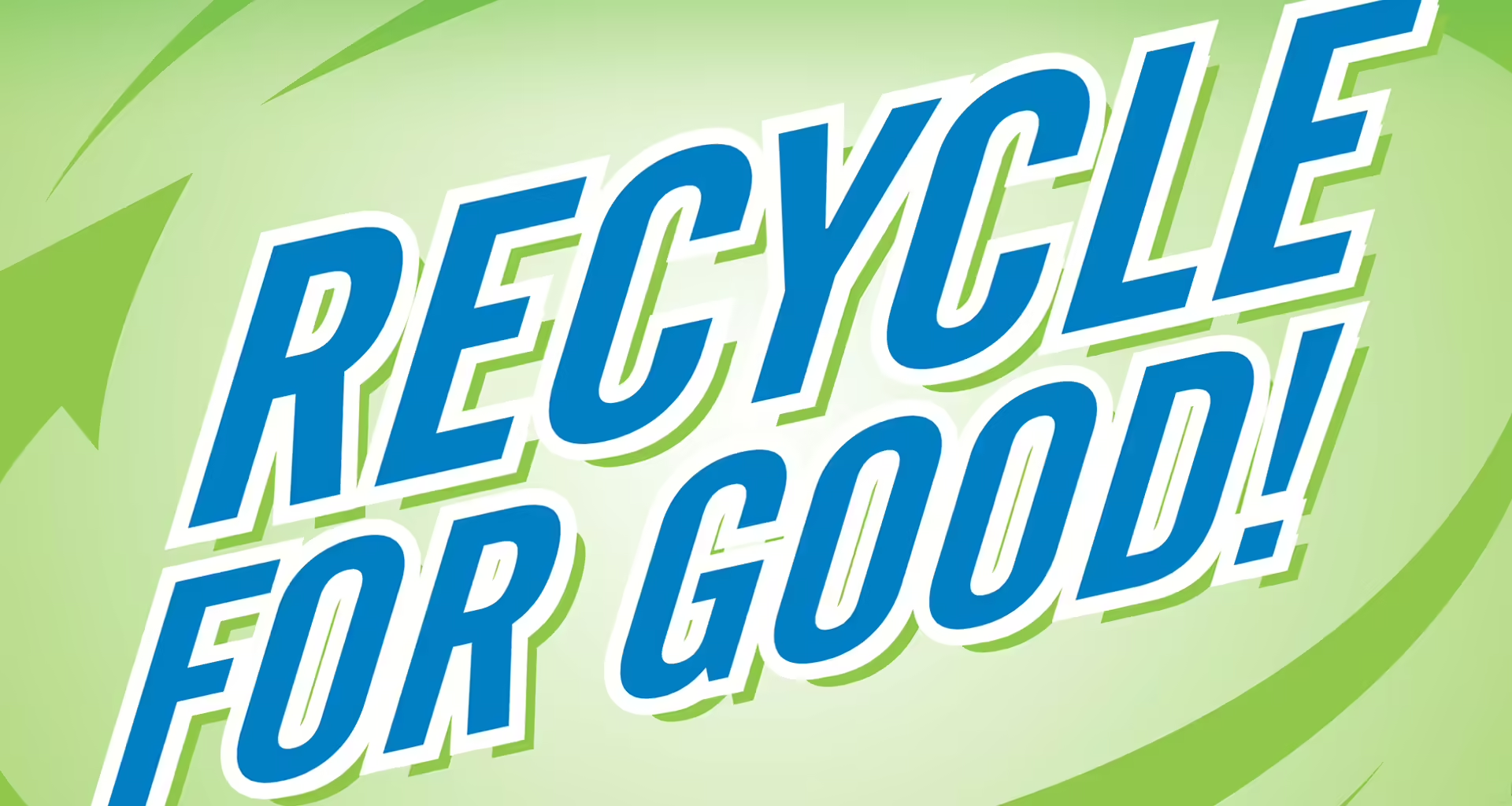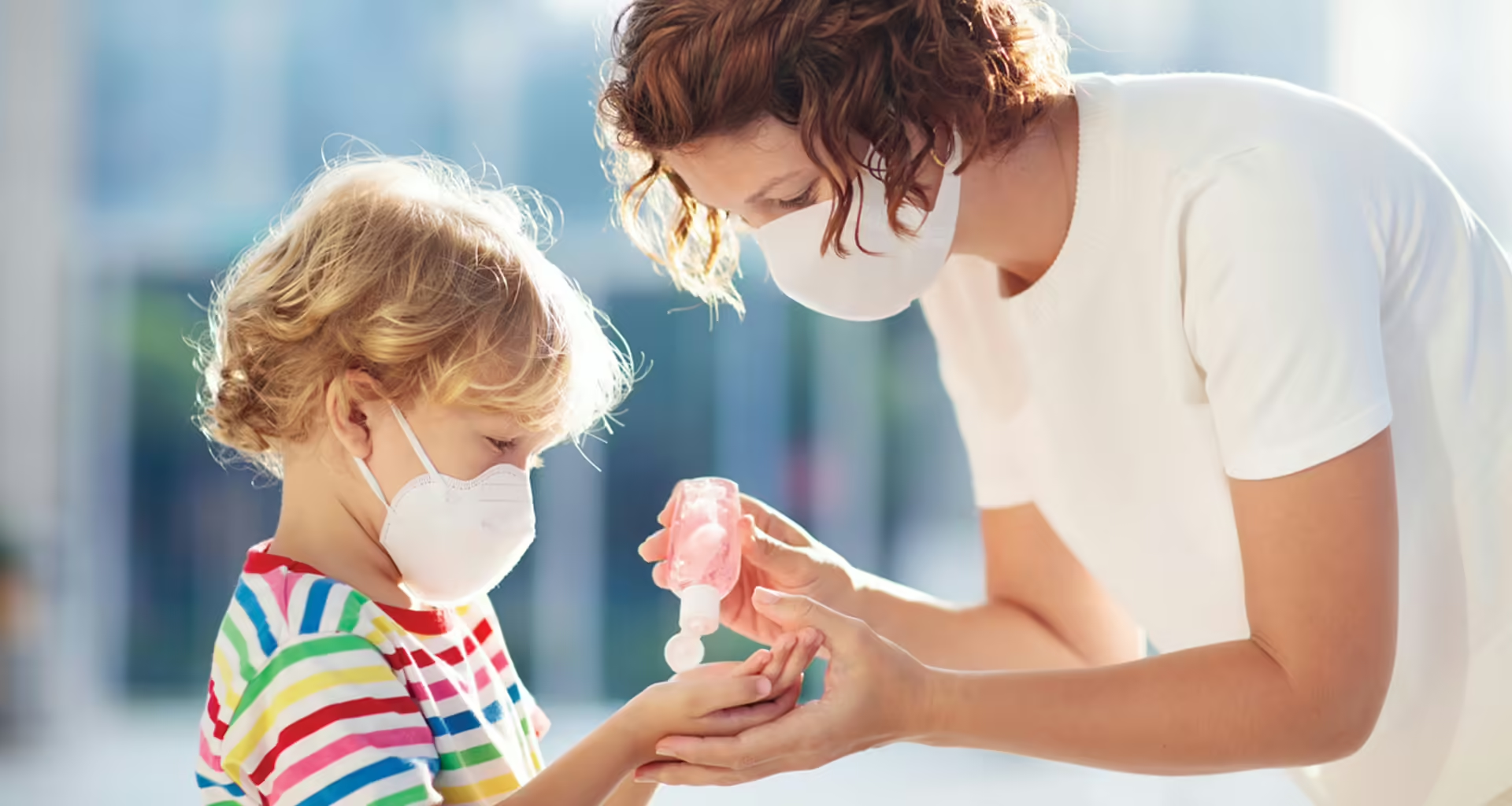Social Marketing – Part Three: Defining Audience and Influencers
In the COVID-19 era, small actions like wearing a mask and maintaining distance can save lives. Social marketing strategies can help governments encourage the public to make these small but powerful behavior changes. In our previous blog posts, we introduced the social marketing process and discussed its first step. In this post, we will break down the second step in the social marketing process:
Define the target audience/influencers; those most at risk of taking part in the behavior and the people with influence over them
When performing your situational analysis, you will probably find that a particular demographic group (age, gender, location, etc.) is more likely than others to participate in a harmful behavior. This group will form your campaign’s target audience: the people your campaign will reach and persuade. For example, in our situation research for the DOSE OF REALITY opioid abuse prevention campaign, we found that young people ages 12-25 were most at risk of abusing prescription painkillers, so we geared our campaign toward young people as our primary target audience.
A successful social marketing campaign depends on a strong understanding of the target audience. Without it, you cannot develop messaging that motivates the audience to change behavior(s). As in the first step in the social marketing process, knowing your audience starts with primary and secondary research.
Secondary research, like state data and academic journal articles, can help you identify the people most at risk of participating in the harmful behavior, along with demographic, geographic and behavioral information. Research can also give you a stronger sense of your target audience’s habits, including their most used social media platforms, favorite TV shows, and other interests.
Secondary research can give you general insights about your target audience, but you need to conduct primary research to fully understand the relationship between your audience and the problem. Primary research helps you determine why your target audience participates in the harmful behavior and how they feel about the issue.
Focus groups and interviews are a particularly effective form of audience primary research because they allow you to “dig deeper” into a certain attitude or characteristics. If an interview subject says something that piques your interest, you can ask a follow-up question such as “why do you feel that way?” or “can you tell me more?” Your focus group or interview insights help you identify your audience’s key motivators and barriers, which we will discuss in our next blog on step three in the social marketing process.
Along with your target audience, you need to define your campaign’s influencers: the people who have power, or influence, over the target audience. In other marketing campaigns, the term “influencer” typically refers to celebrities or popular social media personalities. However, since social marketing campaigns encourage its audience to change behavior instead of to buy a product, family members, friends, teachers, doctors, community leaders, employers, and coworkers can all be influencers.
Influencers often motivate your target audience better than any public service announcement or billboard. They add power and personal meaning to your campaign’s key messages. Therefore, you need to research your influencer audience almost as much as your target audience. When you identify and understand your influencers, your campaign can effectively address their concerns, give them relevant information, and motivate them to get involved.
Our DOSE OF REALITY opioid-prevention campaign targeted young people ages 12-25, but we knew that our campaign would not be effective without reaching their influencers. We researched and developed materials for parents, siblings, friends, coaches, educators and business leaders. These audiences became key players in our campaign and in the fight against opioid abuse in Wisconsin.
By taking the steps outlined in these Social Marketing blogs, you can develop a campaign to address an issue that’s impacting society and spark positive change in your community. Follow us on social media or check out the website for a look at our newest social marketing campaign, Let’s Beat COVID-19 Wisconsin Style. And as always, if you need help developing your social marketing strategy, the experts at AFFIRM can help!



